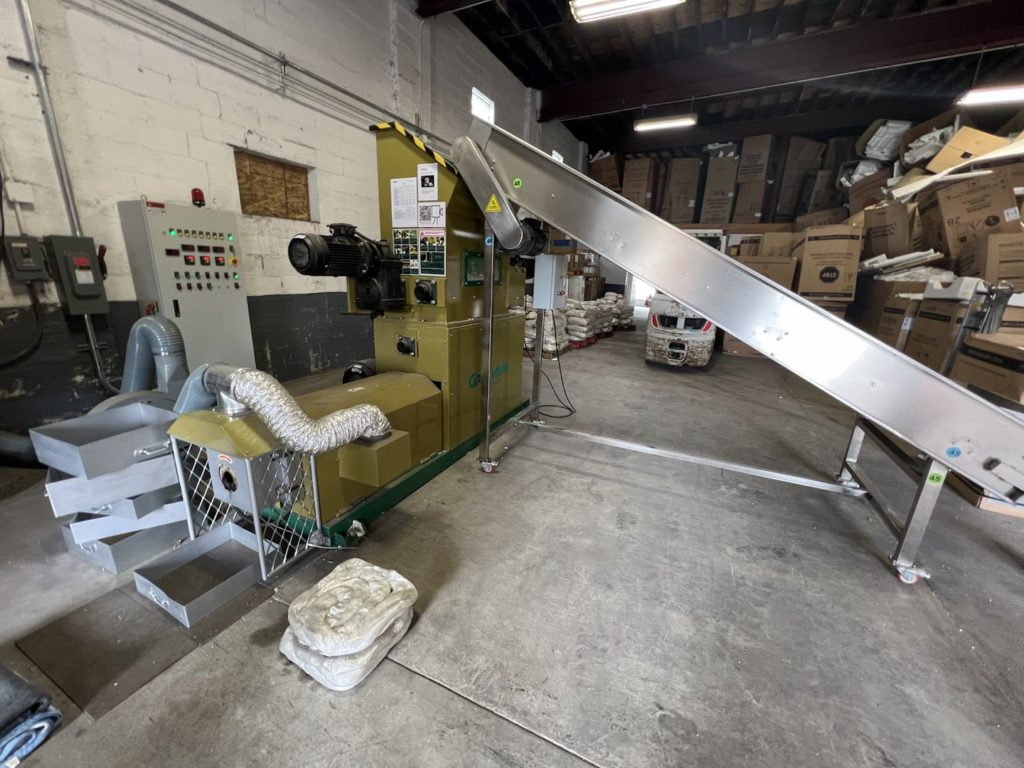Do you really know how to deal with the foam products you used? In fact, if not handled properly, polystyrene foam will eventually be landfilled.
The director of the solid waste management area said, “polystyrene foam is made of materials. They blow air into the foam and then make it.” It is highly recyclable, but you must be able to package it. It just collapsed. There’s no way to put it in the bag. That’s why we can’t accept it.
Under normal conditions, polystyrene foam will not decompose itself in the environment. It is estimated that polystyrene foam will not degrade naturally for at least 500 years. Sometimes polystyrene foam will break into small pieces, which may enter the environment and be mistaken for food by land and marine animals. Ingestion of these fragments may lead to digestive system obstruction, asphyxia, and death. If it burns, the burning polystyrene foam will release dangerous chemicals and smoke. Neither of these two methods is a good way to treat foamed plastics.
In order to reduce environmental pollution more effectively, you need to turn a heavy bubble into a small bubble. Polystyrene foam is difficult to recycle because it is mainly air. In order to make recycling more cost-effective, air must be removed.
GREENMAX polystyrene foam densifier is a polystyrene foam waste recycling machine specially designed to reduce foam volume. Melting technology can transform loose foams into dense ingots at a 90:1 ratio. More importantly, you can save a lot of transportation costs and sell molten ingots at a good price.
At present, polystyrene foam is the main contributor to landfills, occupying more space than other wastes. It is estimated that polystyrene foam products account for about 30% of the world’s landfill volume. The application of GREENMAX polystyrene foam densifier will change this situation and prevent more foam waste from entering the landfill.
